
Scanning my fellow San José del Cabo passengers in the boarding area, most if not all appeared to fall into one of two groups: retired couples, or members of a bachelor party. This wasn’t surprising based on a little Google research before the trip; the right-hand snippet on the search engine’s results page explains, “San José del Cabo is a resort city on the southern tip of Mexico’s Baja California peninsula. It’s known for its sandy beaches and colonial buildings.”
The unusually wet and cloudy weather in Atlanta had me pining for a break from the seemingly endless winter, and a mountain bike trip to Rancho Cacachilas in Baja seemed like just the ticket. The website describes Rancho Cacachilas as an adventure resort, and photos of the crystal blue pool beneath cloudless skies certainly fit my American notion of a resort vacation in Mexico.
Yet as it turns out, Rancho Cacachilas is the anti-resort of Baja, a place where guests don’t just come to play outdoors, but also to learn about sustainable living and to immerse themselves in rural Mexican culture. Instead of water slides and swim-up bars, Rancho Cacachilas has miles and miles of world-class trails for biking and a working ranch where guests can get their hands dirty.
The trails

Overlooking the Sea of Cortez and located along the slopes of the Cacachila Mountains, Rancho Cacachilas encompasses an area roughly three times the size of the city of San Francisco. The terrain is rugged and covered in scrubby desert flora, dotted with cacti. Decomposing granite boulders feature prominently, shedding pebbles that are quickly eroded and ground first into kitty litter, then into sand. It’s a tough environment for trail builders, which makes the experience of riding the singletrack through this extreme environment all the more special.
Rancho Cacachilas is part of a collective of businesses known as iAlumbra, founded by Christy Walton. While most mountain bikers are very familiar with the trail building the Walton Foundation is supporting in Northwest Arkansas, iAlumbra is focused on supporting environmental, social, and economic change in and around Baja, Mexico. While mountain biking isn’t the primary, secondary, or even tertiary focus at Rancho Cacachilas, the Walton family connection is important to note in terms of the resources dedicated to this growing, world-class network of trails and this innovative destination.

A map showing current and future trails. 
Dedicated trail building equipment at the ranch.
The 9.1km Santa Rosa trail, which took 18 months to build and is rumored to have cost nearly a million dollars, was the first to be constructed at Rancho Cacachilas, with an assist from Shane Wilson and Mark McClure of IMBA’s Trail Solutions group. The ranch has its own five-member, year-round trail maintenance and build crew that is using the knowledge gained from working with IMBA to build out the rest of the network. The hope is to one day become an IMBA Ride Center once the 50km trail network is completed.
The Santa Rosa trail is truly impressive. After spending the better part of the morning riding twisty, mostly flat trails higher up, the descent down Santa Rosa was pure dessert. The tight, and at times abrupt, corners dusted with sand and gravel give way to a swoopy, knife-edge ridgeline section where the ground falls away on either side. Just as quickly as it appears, the ridge disappears and the trail compresses into a tightly wound coil of switchbacks. About halfway down I get comfortable enough to let my rear tire slide across the sand-covered rock work in the corners, with my inside foot hovering just in case.
On the other side of the ranch, the La Cruz trail, which drops down into El Chivato camp, offers proof that the Rancho Cacachilas trail crew wasn’t interested in simply mimicking what they learned on the Santa Rosa build; instead they elevated the game. La Cruz is steeper and faster than Santa Rosa, with a more natural feel. The trail rolls over and through toddler-size boulders, whose solid and grippy surface offers more pin and less spin than other trails in the network.

All of the climbing trails at Rancho Cacachilas are designed with a roughly 7% (or less) grade in mind. Any steeper and riders would find themselves spinning their rear wheels in the loose desert soil. Wooden trail armament is out of the question due to a voracious termite population. Instead, builders place massive shaped stones to prevent corners from being blown out and to slow the inevitable erosion. Where the trail crosses wide and sandy arroyos, large stones act as pavers to prevent riders from getting bogged down.
From a distance, the foothills and mountains at Rancho Cacachilas appear dull and lifeless but up close and on the trails, delicate desert flowers pop with purple, yellow, and red while seemingly impossibly-shaped cacti pierce the wind. Perhaps the most beautiful and unexpected find along the trail are the desert oases. A quiet trickle of water running above the sandy surface of an arroyo is enough to bring the desert to life. Towering palms mark the oases, where riders will find relief from the sun in the shady embrace of these tiny pockets of jungle.

El Salto trail offers particularly dramatic scenery and takes riders through a super lush desert oasis where the brief leafy canopy has riders momentarily widening their eyes, peering overtop sunglasses to make out the trail in the relative darkness. Riding further out, the rock work continues to impress. At one point a rock bridge presents itself out of nowhere, and then vanishes just as quickly as it appears. A giant rock roll, with a ride around, can also be found on one of the more advanced trails.

I counted about 24 miles (39km) of singletrack based on my rides, but numbers alone can be deceiving. Factor in all the short ups and downs, the imperfect climbing traction, and the potential for harsh desert conditions, and even strong riders will find their average speeds lower than expected. Riding all of the singletrack in just one day would be a challenge for anyone. Realistically, most should plan on at least two days to explore all the trails by bike.
The Rancho Cacachilas trails are accessible to guests and to day-trippers who sign up for a guided ride at the Bike Hub, located in the small town of El Sargento. For $45 per person, riders get a shuttle from town to the trail system, a guided trail ride, beer, and a meal prepared with locally-sourced ingredients. The shop also rents mountain bikes for an additional $45 per day.
Accommodations

I stayed at El Chivato camp in a safari tent during my visit. The accommodations are clean and comfortable, though far from what comes to mind when thinking of a Mexican resort vacation.
Instead of jetted tubs and endless hot showers, Rancho Cacachilas provides 5-gallon buckets that guests fill with a mix of hot and cold water for a pour-over cleanup after the ride. “Showering” with just a few gallons of water is surprisingly effective and the whole experience had me questioning why I need to use so much water at home.

Each safari tent has a hand washing station and private composting toilet nearby. 
Hot water is heated by the sun. Solar panels provide power at the central camp building.
There are no flush toilets at El Chivato; instead, dry composting pits are situated close to each tent. Essentially these are outhouses, but thanks to a sprinkle of sawdust between each use, most will be surprised to find there isn’t any noticeable smell.
I saw a lot of signs for “glamping” spots in Mexico, but it’s hard to imagine any of those places offering the level of comfort found at Rancho Cacachilas. The staff has created an experience that allows guests to fully live outdoors in a sustainable and comfortable way.

Sunrise view from the door of our tent. 
Sunset over the ranch.
Meals are served out of the community kitchen where local cooks dish up filling, ranch-style fare each day. The meals are generally simple — a salad, meat, and grain — and many of the ingredients are grown on the property.

Had I read the website more carefully before my arrival I would have noted Rancho Cacachilas’ mission has little to do with providing a world-class guest experience, and everything to do with being responsible stewards and making decisions based on how actions might affect other people. That’s heady stuff for vacationers to ponder, and probably isn’t for everyone. A stay at Rancho Cacachilas doesn’t come cheap either, easily costing as much as an all-inclusive resort in Cabo. But for those who are willing to experience something different, there’s a lot to take away from a visit here beyond just having a good time.
The ranch
The Rancho Cacachilas property has historically been home to several small scale ranching and mining operations, and the current owners continue in this tradition by operating a working goat ranch and farm. A dedicated team raises goats at the Dos Hermanos camp, where milk is used to make cheese that’s served at the ranch and also sold in town. The farm seeks to be self sustaining and utilizes closed loop systems whenever possible. Manure is composted and used for enriching the vegetable garden; excess milk from the cheese-making operation could one day be used to feed hogs raised for meat.

Guests can explore the farm, taste the cheese and vegetables, and learn about farming while at Rancho Cacachilas, but the operation doesn’t exist purely for their entertainment. Beyond raising produce for sale in the local community, Rancho Cacachilas reaches out to local farmers to share best practices and to help them improve their own farms and ranches in terms of both profitability and sustainability. Historically open range cattle and goats have ravaged the landscape in this part of Baja, causing harm to the environment. With a few tweaks on display at Rancho Cacachilas, farmers can improve their bottom lines and preserve healthy natural resources for future generations.

Rancho Cacachilas
There’s a lot to take in from a visit to Rancho Cacachilas. Often mountain bike vacations are about experiencing a few new trails and sampling some local craft beers before calling it a day. But clearly it’s possible for us to learn and experience much, much more. Not only did I have a good time and learn a lot about the culture, history, and environment in Baja, I also felt like I was a small part of something that benefits the local economy more than just adding a few bucks to the cash register. If mountain bike tourism is the goal, Rancho Cacachilas elevates the concept to a whole ‘nother level.












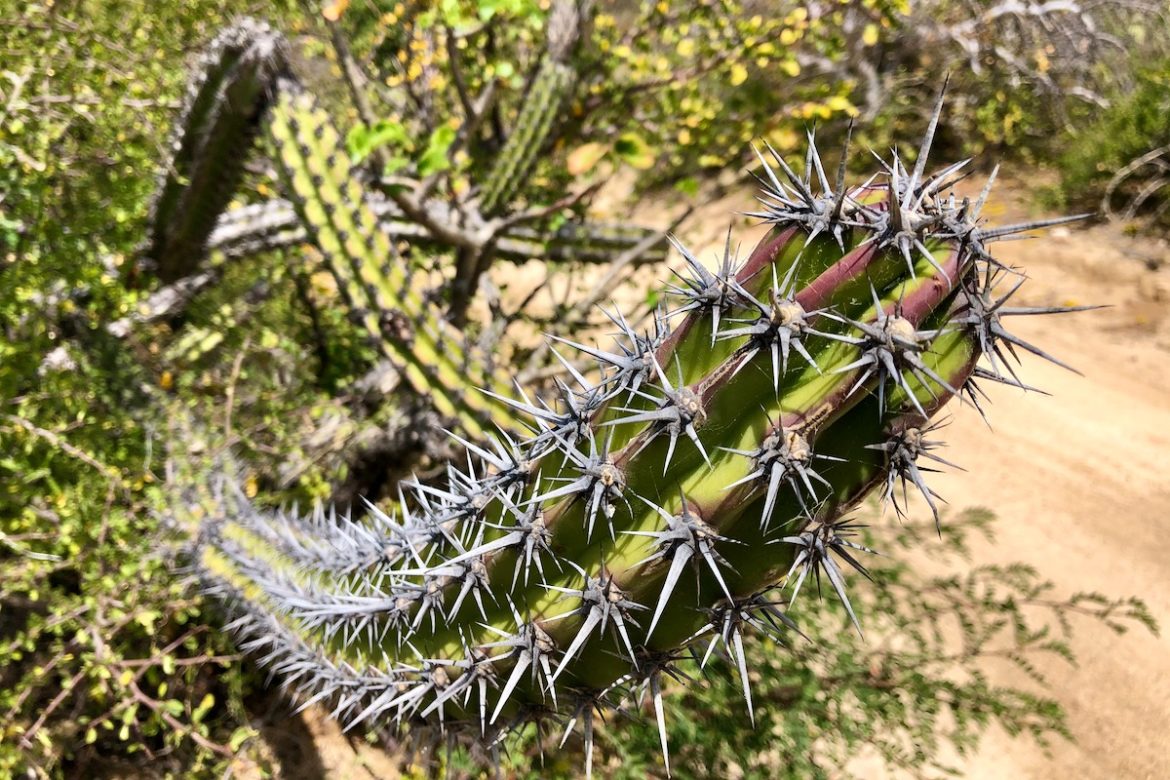
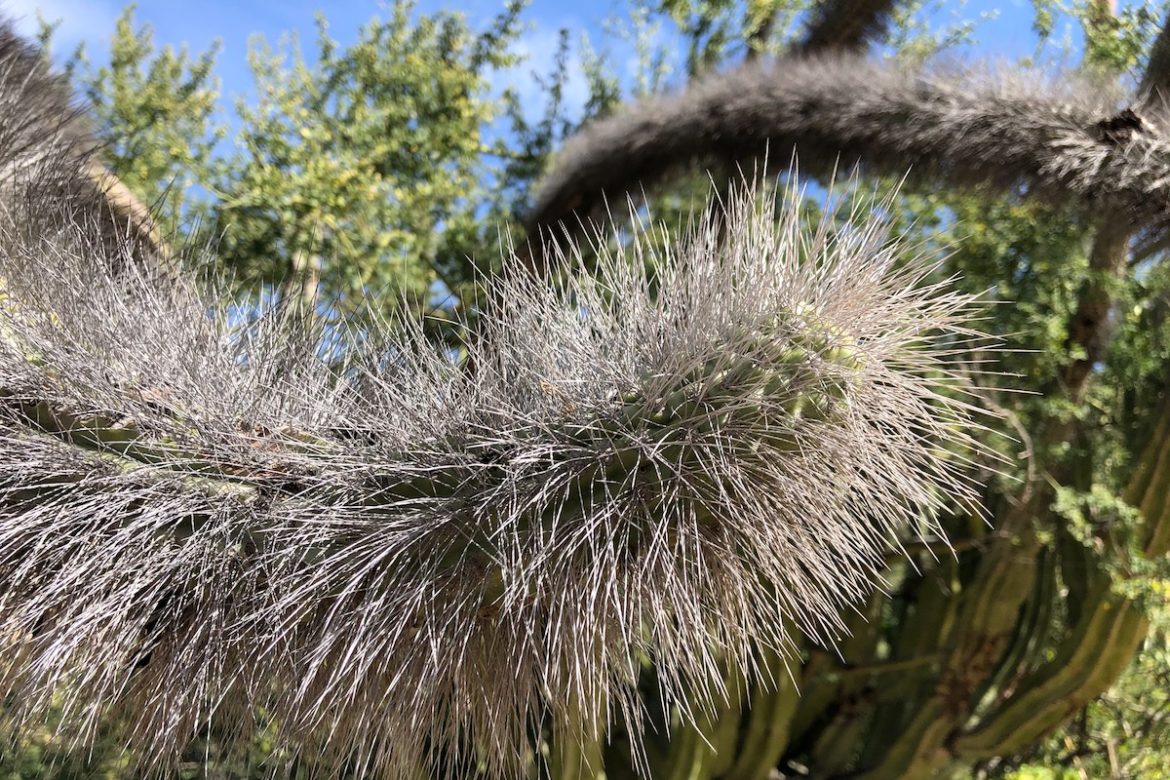


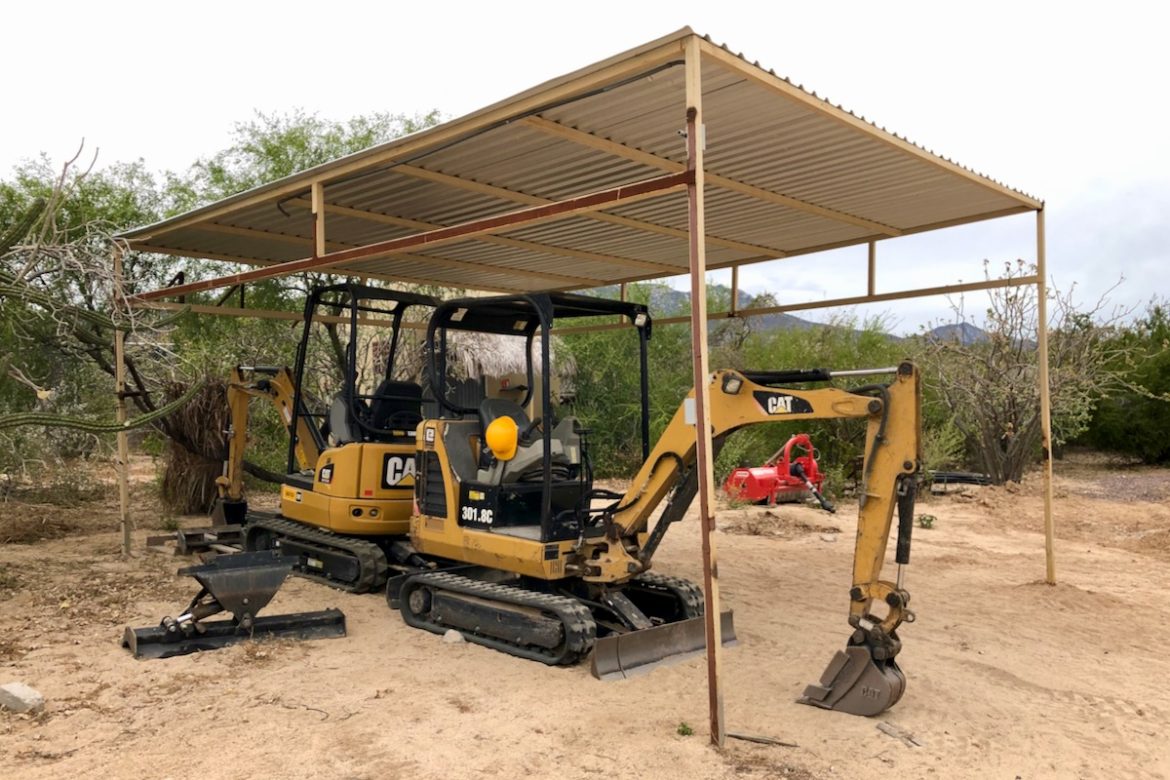
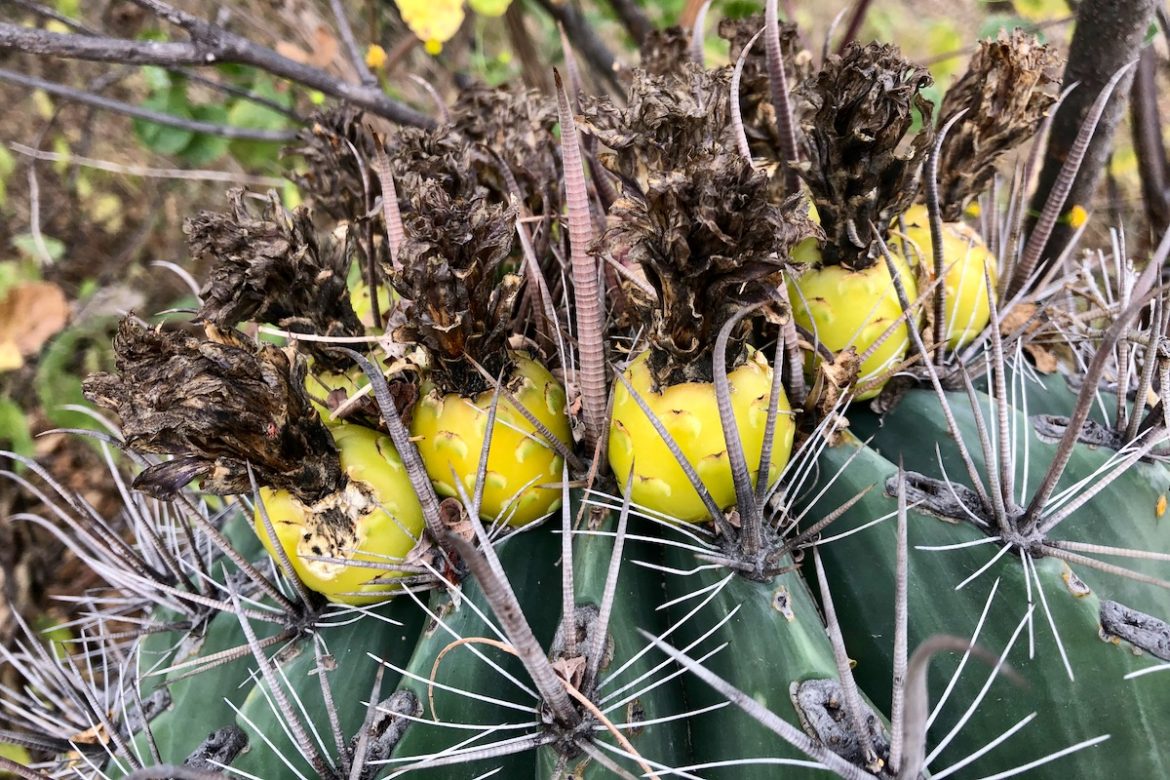

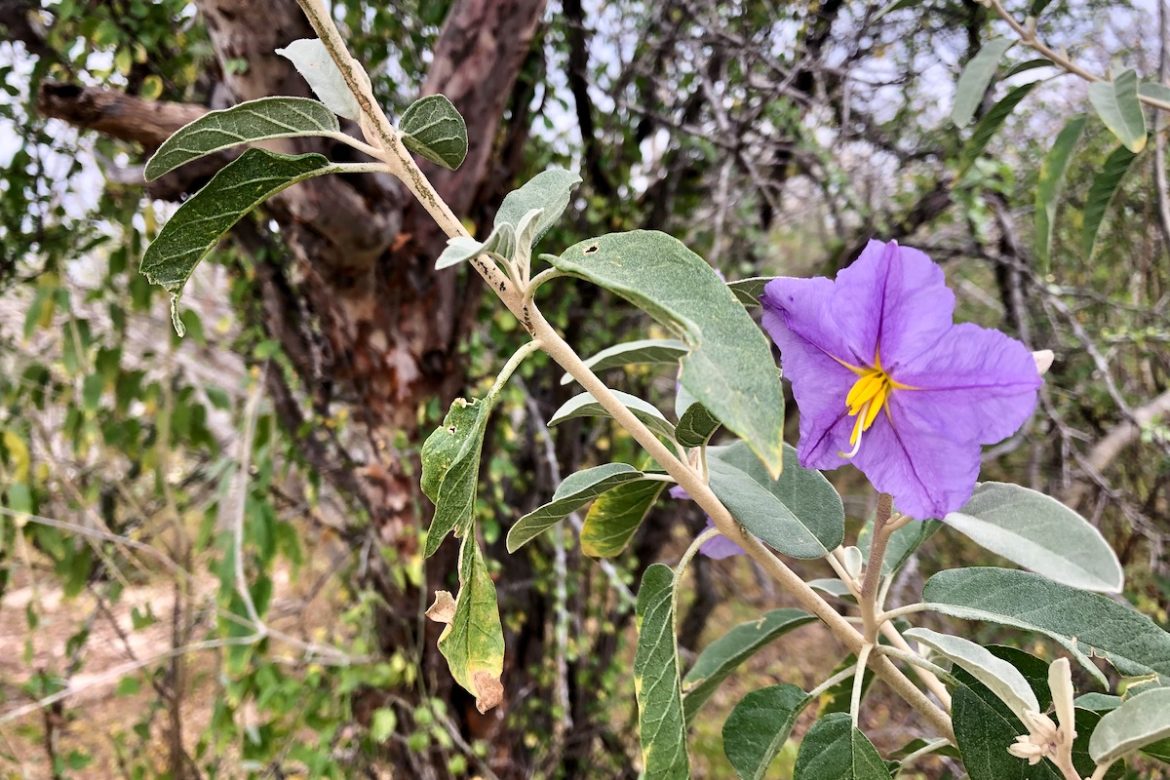
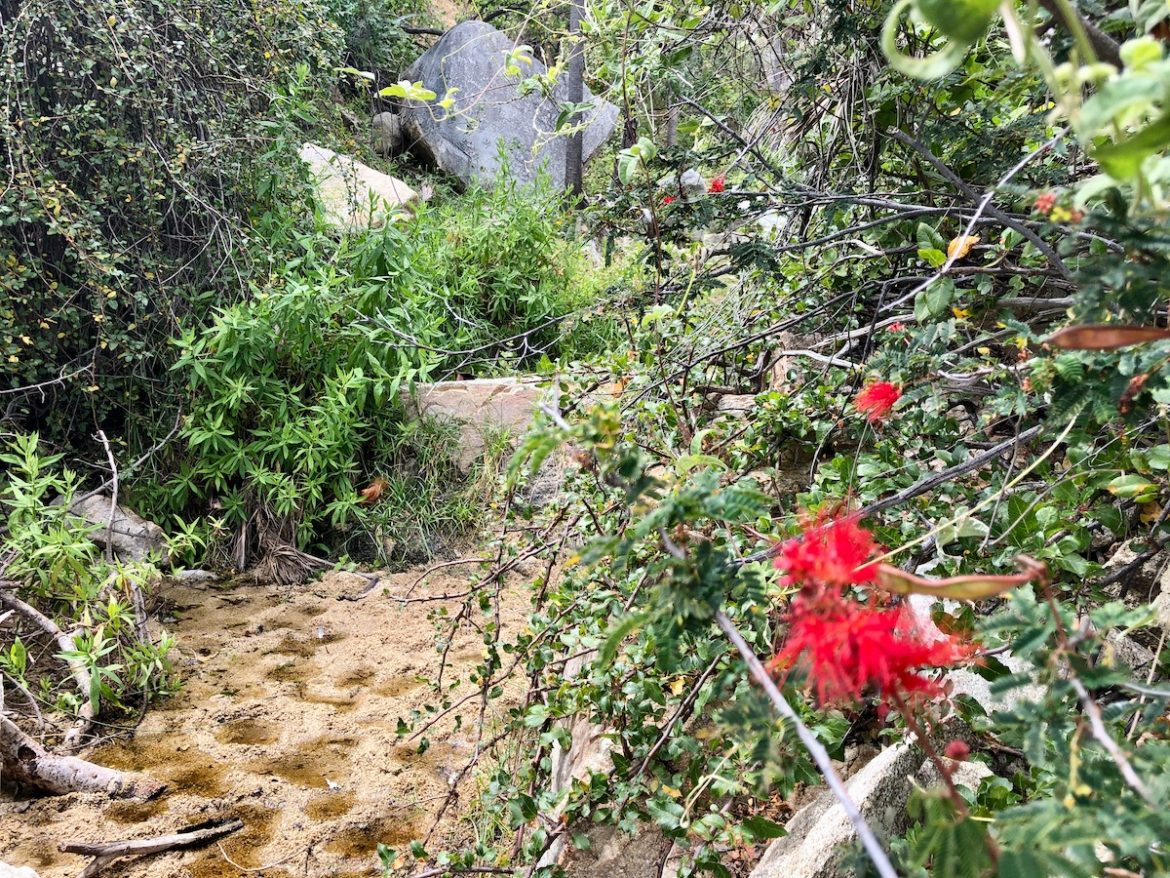



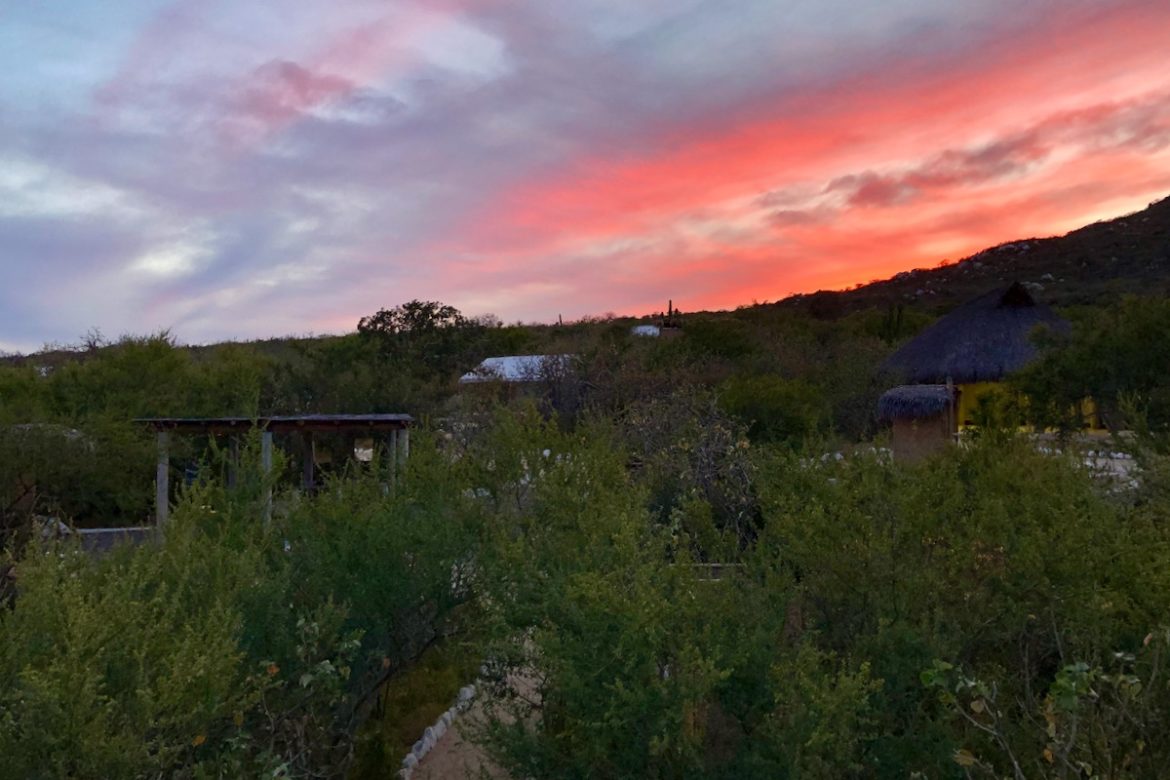

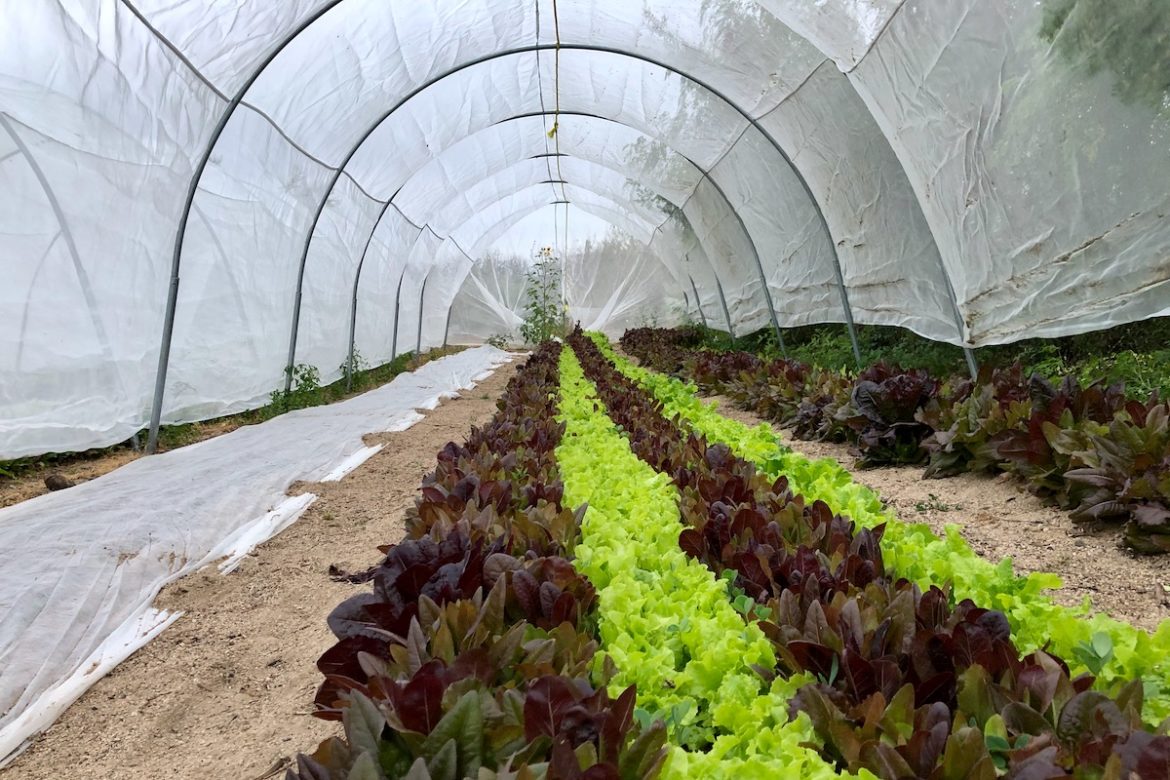
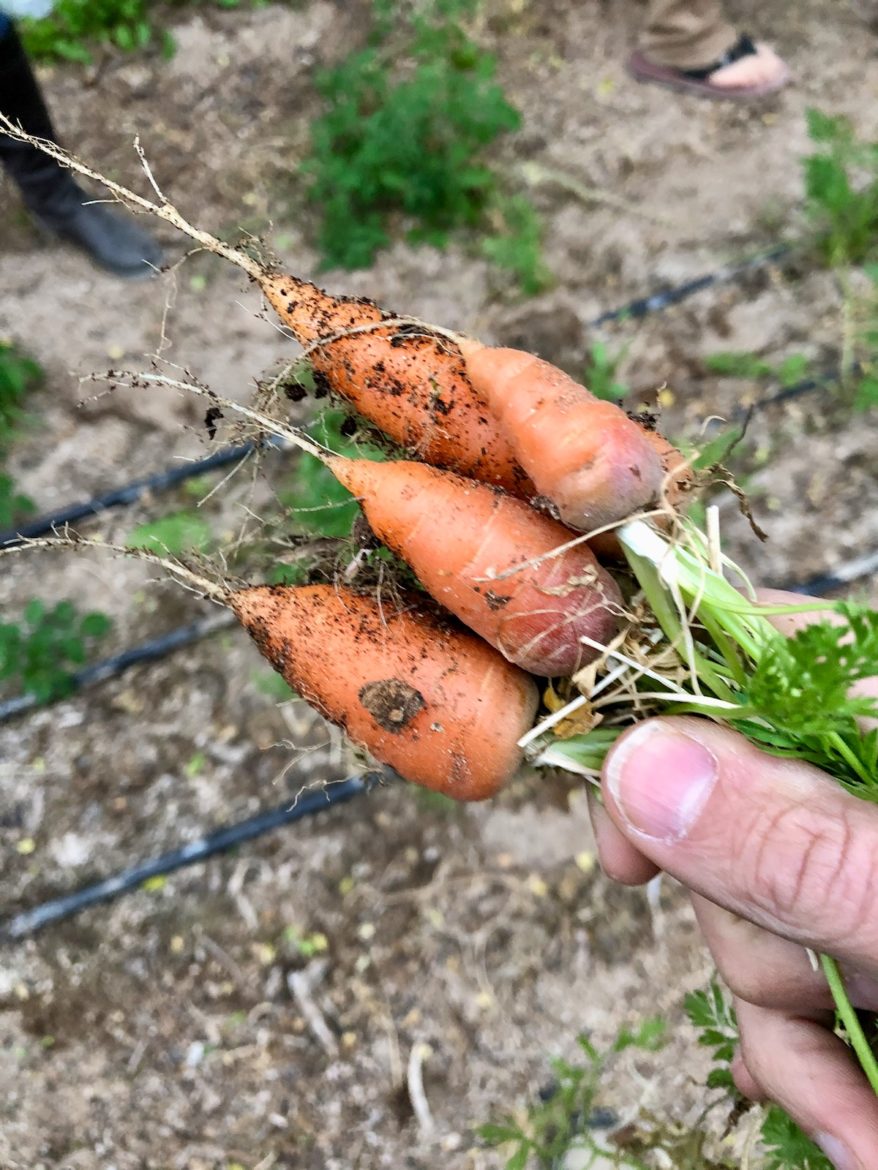
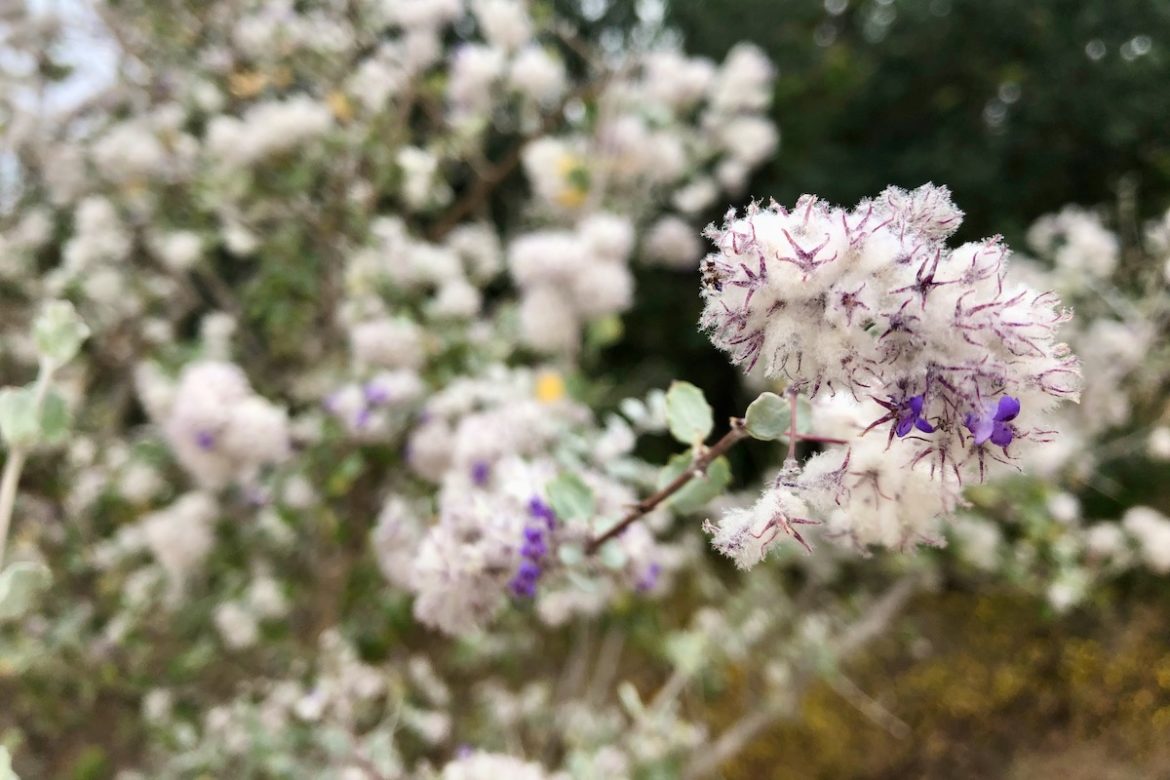
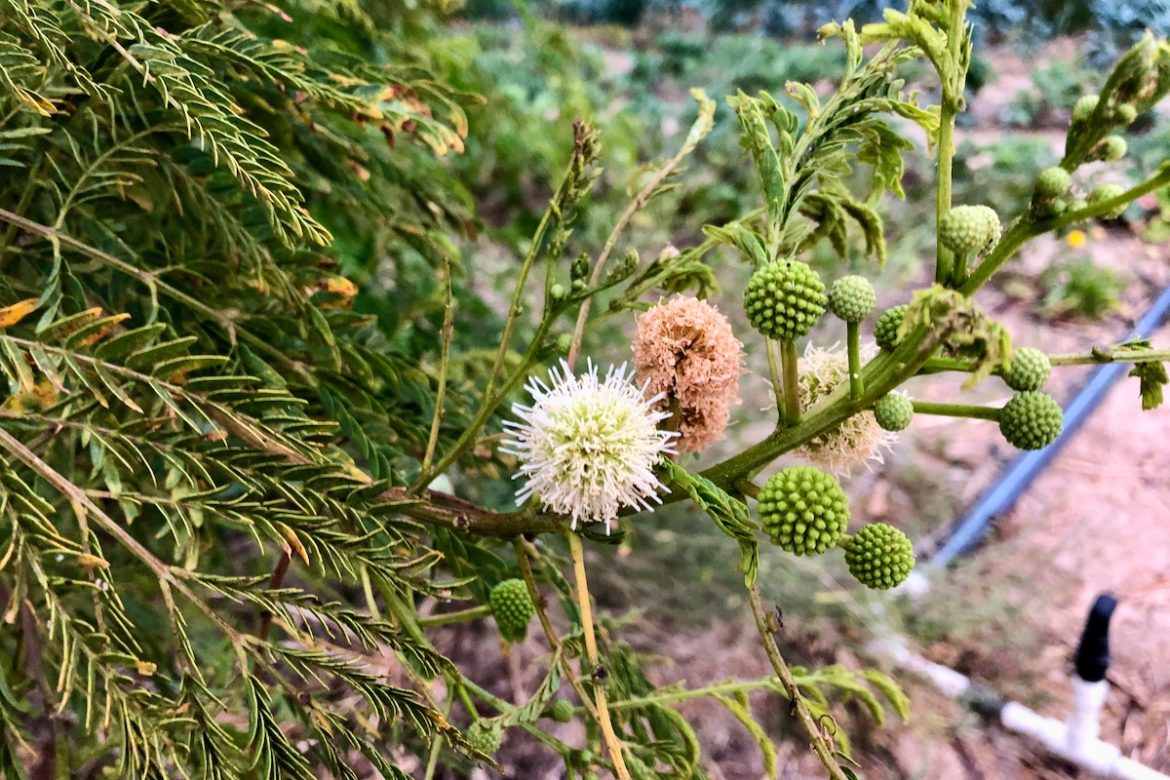
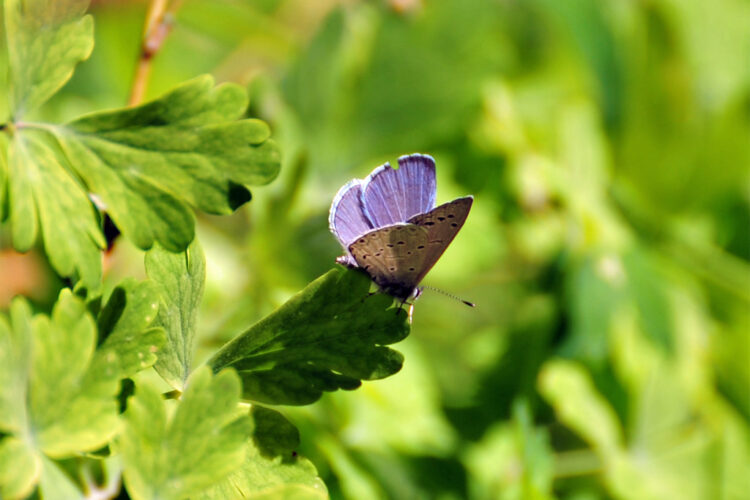
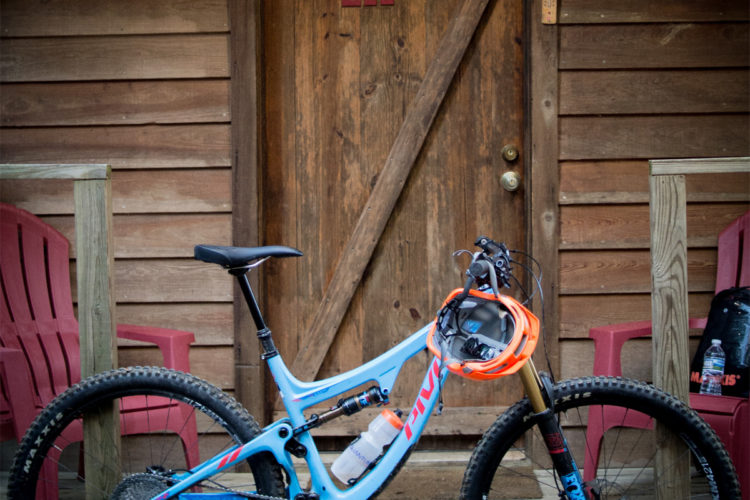



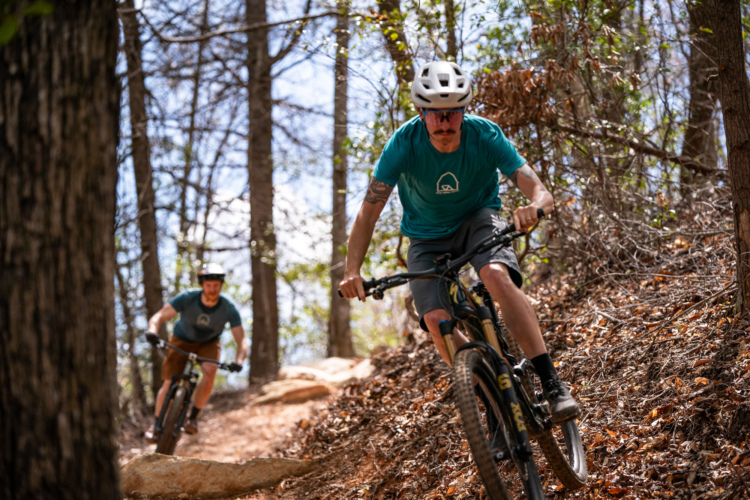



3 Comments
Mar 24, 2020
Mar 27, 2020
Mar 28, 2020